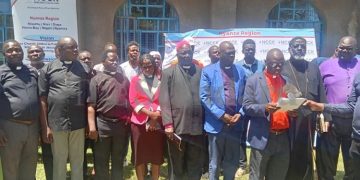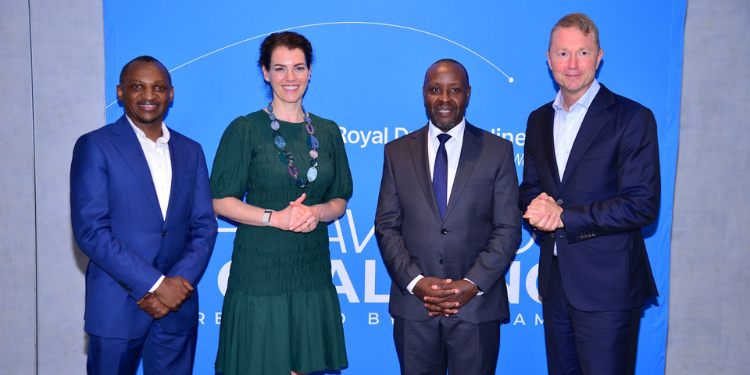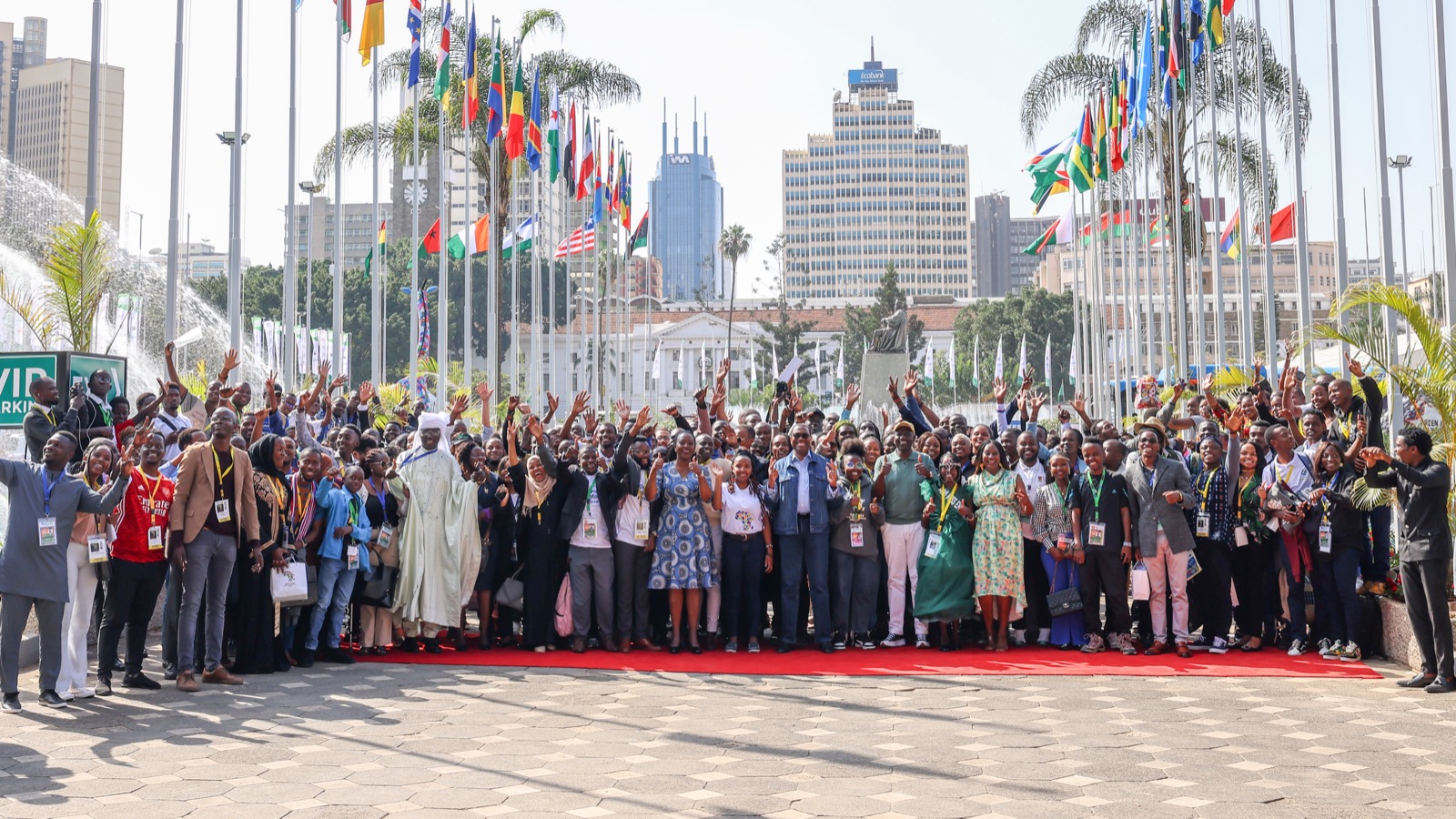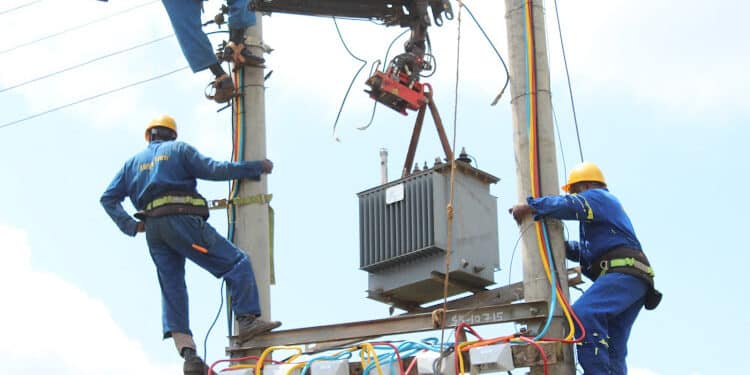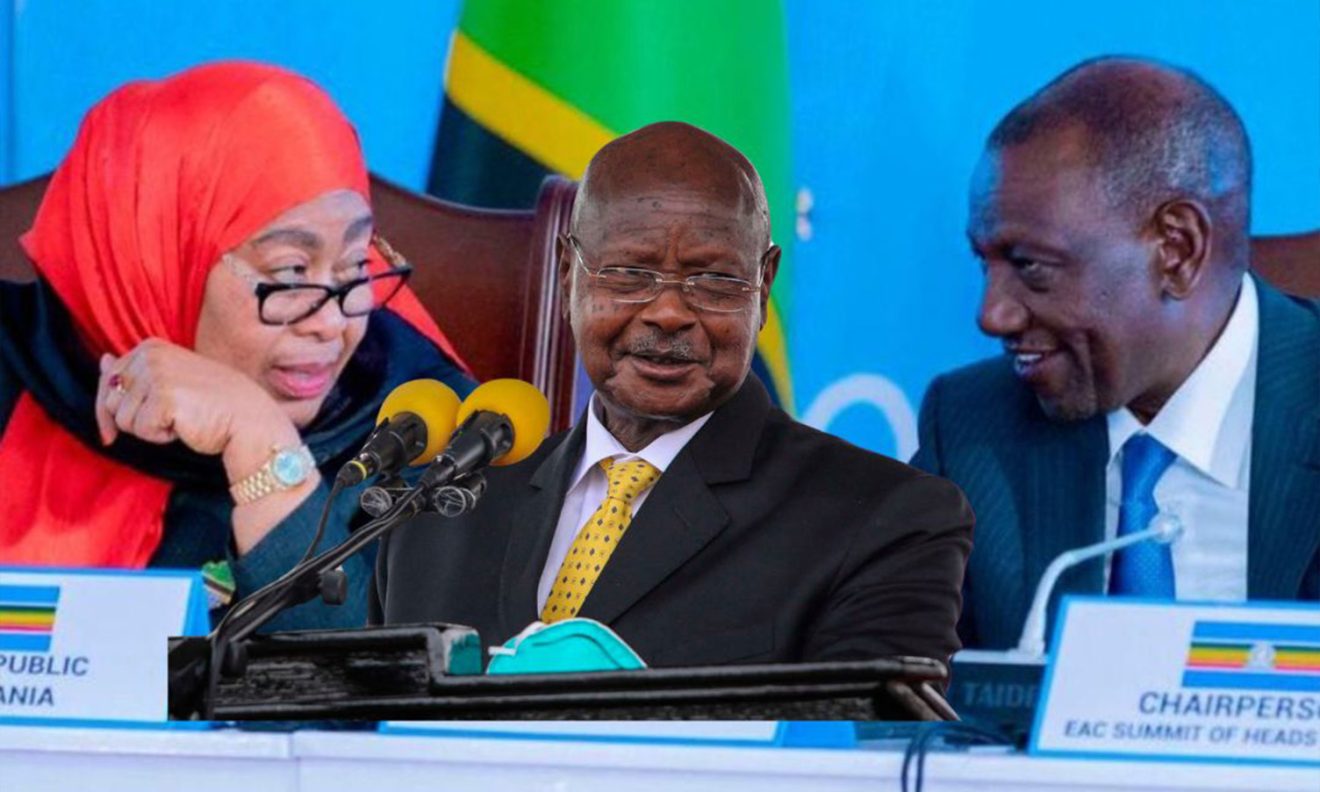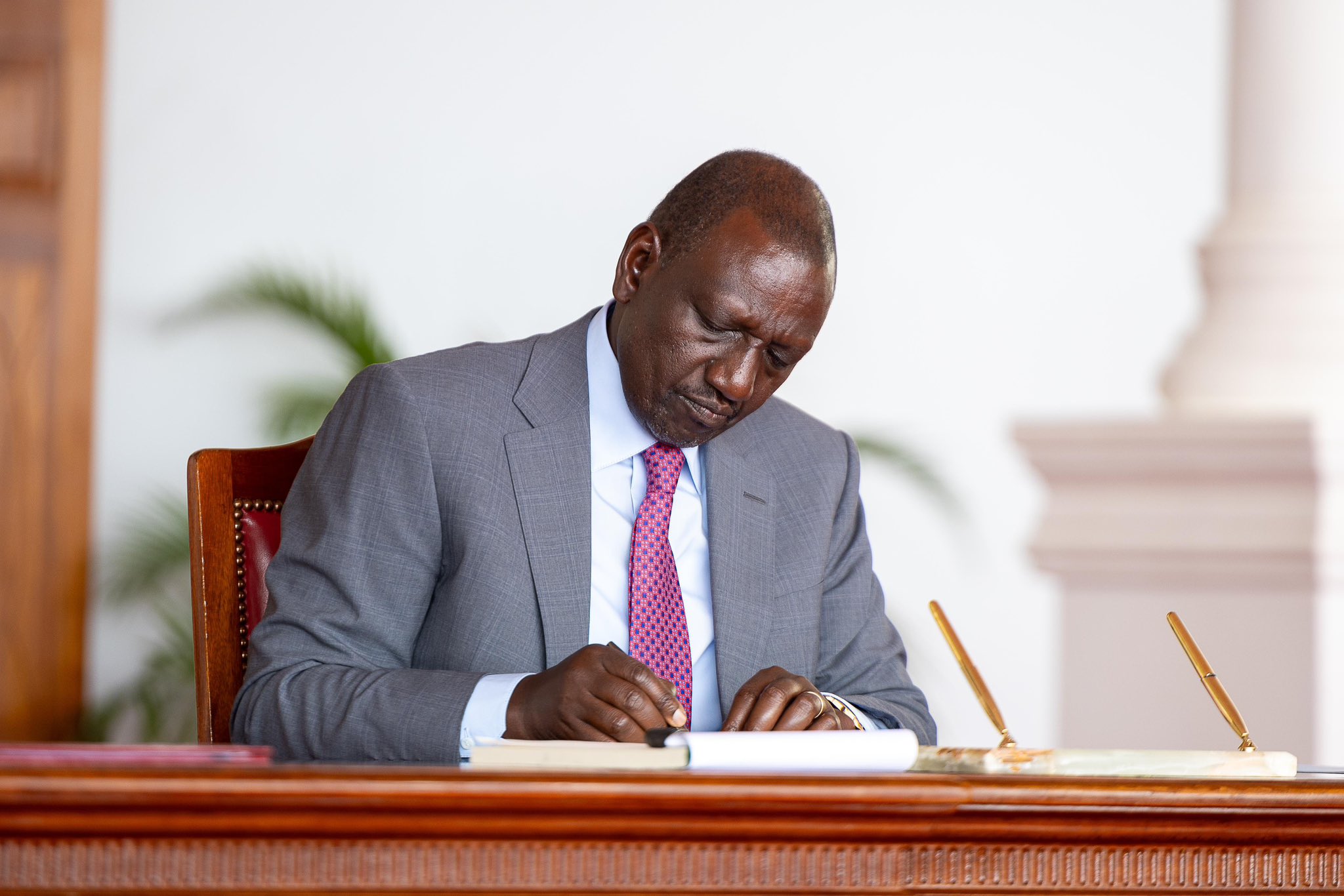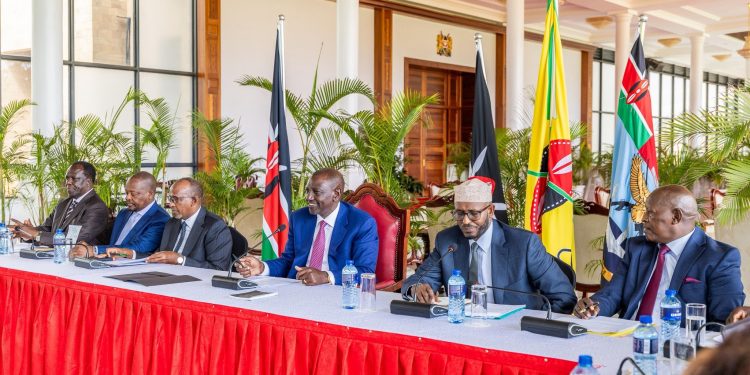As Kenya prepares for the Devolution Conference 2025 in Homa Bay County from August 12–15, the constitutional promise of equitable development is under political trial. Fifteen years after the Constitution of Kenya, 2010, deliberately dismantled the over-centralized state and established devolved governance, the gap between its transformative vision and the prevailing political reality has widened. The conference’s theme— “For the People, For Prosperity: Devolution as a Catalyst for Equity, Inclusion and Social Justice”—cannot be reduced to ceremonial speeches. It must be a constitutional audit of political conduct, exposing the forces that have resisted devolution in law, policy, and practice.
The framers of the 2010 Constitution embedded devolution as a structural safeguard against the concentration of political and economic power. Articles 174 and 175 outline its goals—democratic accountability, fair resource distribution, and recognition of diversity—while the Fourth Schedule specifies functions between the national and county governments. Supporting laws such as the County Governments Act (2012), the Intergovernmental Relations Act (2012), and the Public Finance Management Act (PFMA) put these provisions into practice. This legal framework was meant to ensure county independence, but ongoing violations of both the letter and spirit of the Constitution have weakened the system.
Fiscal Delays and Political Interference
The PFMA legally guarantees counties at least 15% of nationally collected revenue to be transferred promptly. However, in reality, disbursements are often delayed for months and are frequently used as a tool for political coercion. In 2024, some counties experienced delays of up to four months, crippling essential services in health and infrastructure.
Also Read: Taking Stock of Devolution: Successes and Areas of Improvement 10 Years on
Parliament’s rejection of the Commission on Revenue Allocation’s (CRA) 2023 formula—designed to prioritize marginalized areas—demonstrates how political convenience takes precedence over constitutional principles. The ongoing operation of the National Government Constituencies Development Fund (NGCDF), despite a 2024 High Court ruling declaring it unconstitutional, shows a blatant disregard for judicial authority and further concentrates control over devolved functions.
Weak Intergovernmental Relations
The Intergovernmental Relations Technical Committee (IGRTC), constitutionally tasked with mediating disputes between the two levels of government, remains financially dependent on the national executive, undermining its neutrality. Of 42 disputes recorded since 2020, only 17 have been resolved—an indictment of a system where enforcement mechanisms lack statutory independence. The encroachment of national agencies into devolved functions, such as local road maintenance, represents not mere administrative overlap but a violation of the functional integrity guaranteed to counties under Article 175.
Accountability and Public Participation Deficits
Article 229 of the Constitution mandates the Auditor-General to scrutinize the accounts of county governments. Yet, audit reports exposing gross mismanagement rarely result in sanctions. County assemblies, envisioned as oversight organs, are often captured by the same political networks they are meant to check. This culture of impunity is compounded by the erosion of public participation. Article 10 elevates citizen engagement as a national value, but in many counties, participation is a legal façade—public forums are poorly advertised, rushed, or scripted to rubber-stamp pre-determined budgets.
Capacity Gaps and Economic Centralization
The national government’s failure to fulfill its constitutional obligation under Article 190 to support county capacity has entrenched disparities. Technical and administrative deficits in marginalized counties hinder the absorption of funds and effective service delivery. Meanwhile, economic centralization persists, with over 60% of GDP concentrated in Nairobi. The unwillingness to relocate key national institutions to the counties not only contradicts the principles of equitable development but also perpetuates historical patterns of exclusion.
A Four-Point Agenda for Constitutional Renewal
First, guarantee fiscal equity by amending the PFMA to impose statutory penalties on delayed disbursements, entrench CRA’s formula in law, and raise the revenue allocation floor beyond 15%, tied to GDP growth. Second, strengthen intergovernmental dispute resolution by granting IGRTC constitutional autonomy and financial independence, with binding authority to enforce settlements.
Also Read: Top 10 Counties Leading in Revenue Generation
Third, enforce county-level accountability by enhancing the investigative powers and funding of the Ethics and Anti-Corruption Commission (EACC), and insulating county assemblies from executive capture through legislative safeguards. Fourth, decentralize national institutions by legally mandating the relocation of specified agencies to counties, thereby redistributing economic activity and governance capacity.
Kenya’s devolution framework remains among the most progressive on the continent, but without political fidelity to the Constitution, it risks becoming an ornamental clause rather than a lived reality. The 2025 Devolution Conference is not a ceremonial milestone—it is a constitutional moment. Leaders in Homa Bay must answer a simple but profound question: Will they uphold the sovereign will of the people as expressed in the Constitution, or will they continue to subvert it for political convenience? The legal instruments are in place. The political courage is what remains in question. The people are watching, and the Constitution is not silent.
Follow our WhatsApp Channel and X Account for real-time news updates.







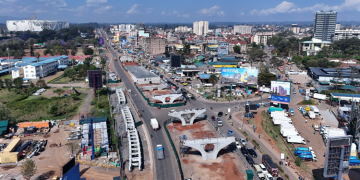





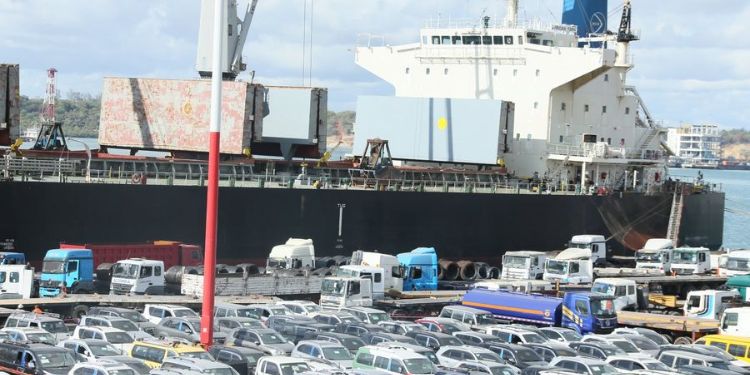



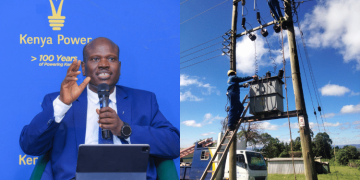





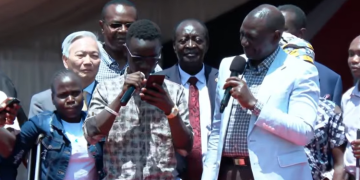

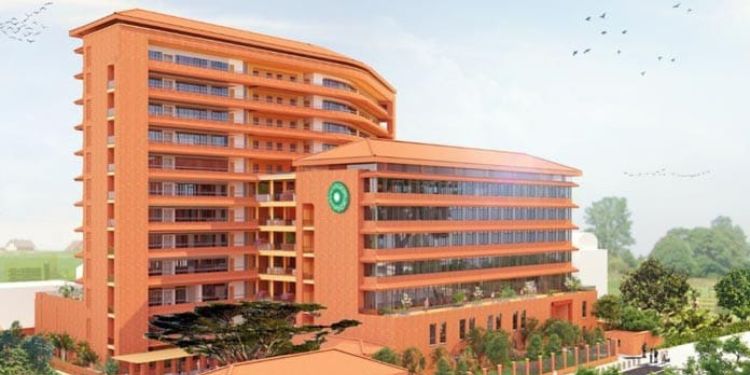
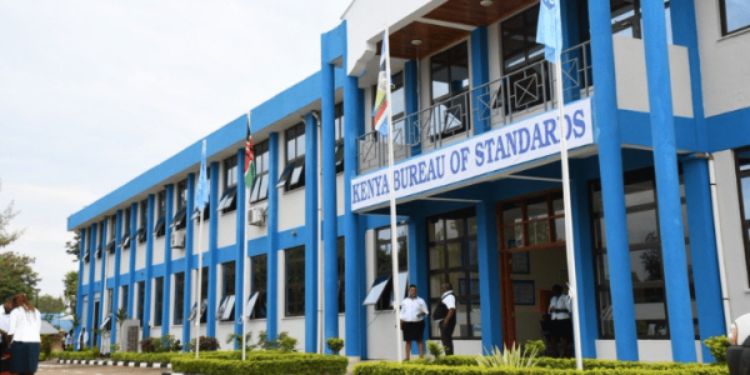
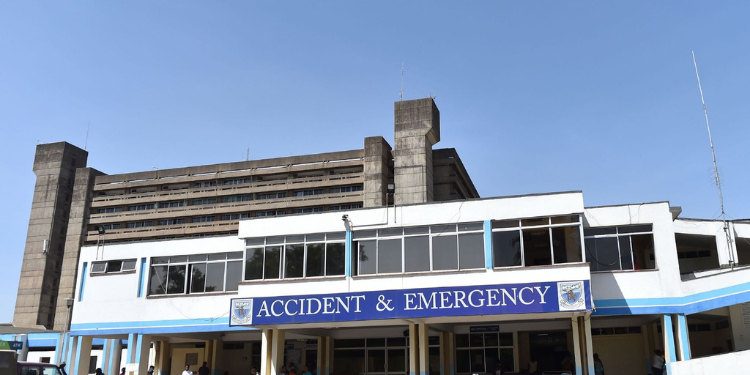


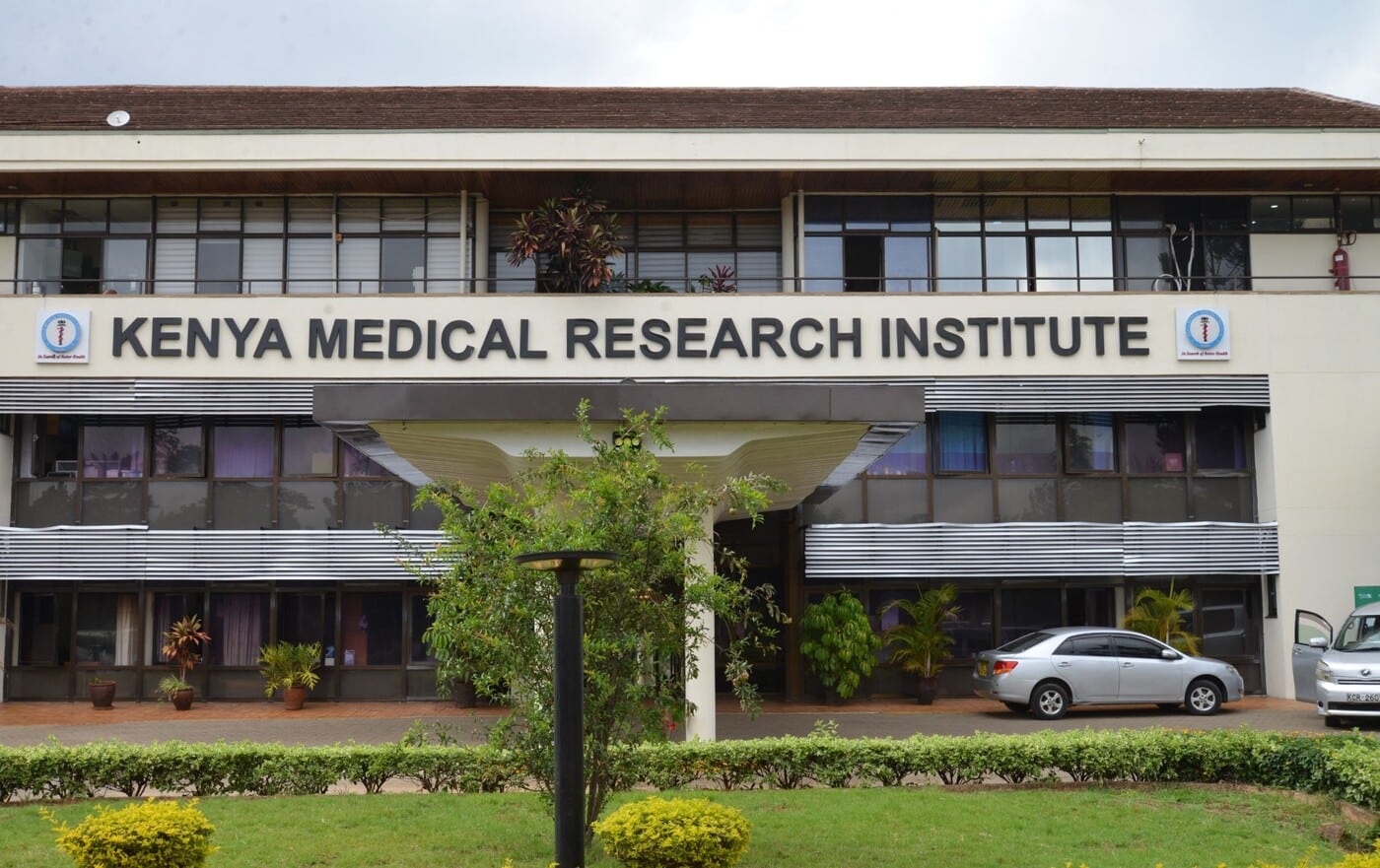
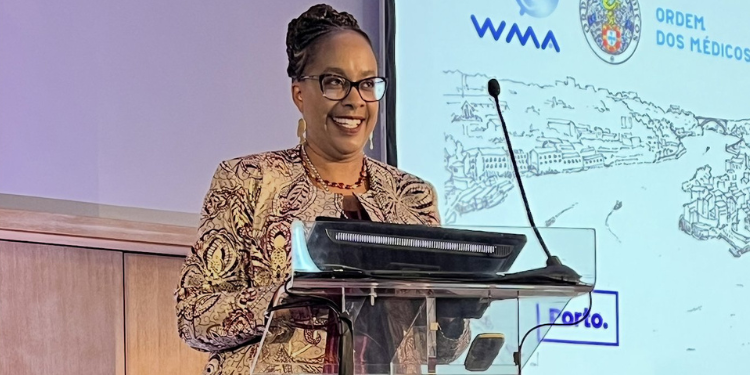
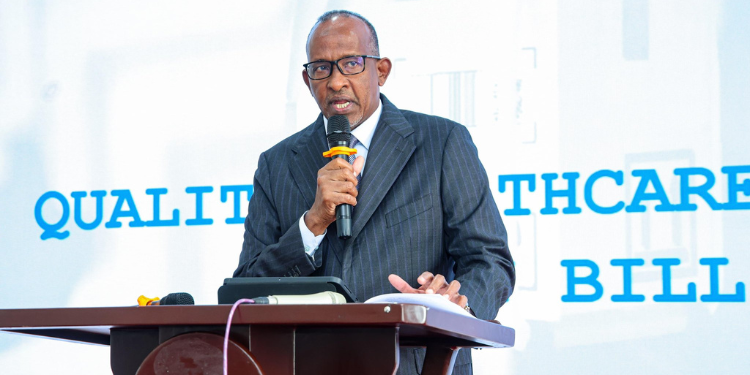




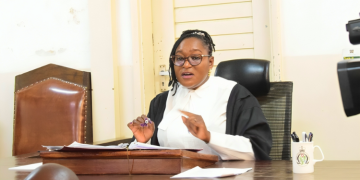


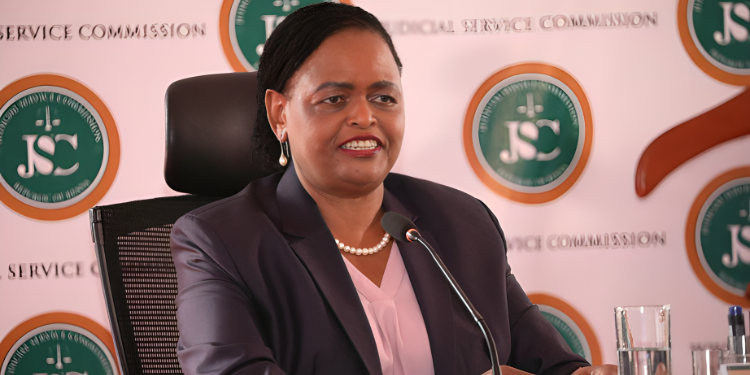











![Senator Allan Chesang And Chanelle Kittony Wed In A Colourful Ceremony [Photos] Trans Nzoia Senator Allan Chesang With Channelle Kittony/Oscar Sudi]( https://thekenyatimescdn-ese7d3e7ghdnbfa9.z01.azurefd.net/prodimages/uploads/2025/11/Trans-Nzoia-Senator-Allan-Chesang-with-Channelle-KittonyOscar-Sudi-360x180.png)



